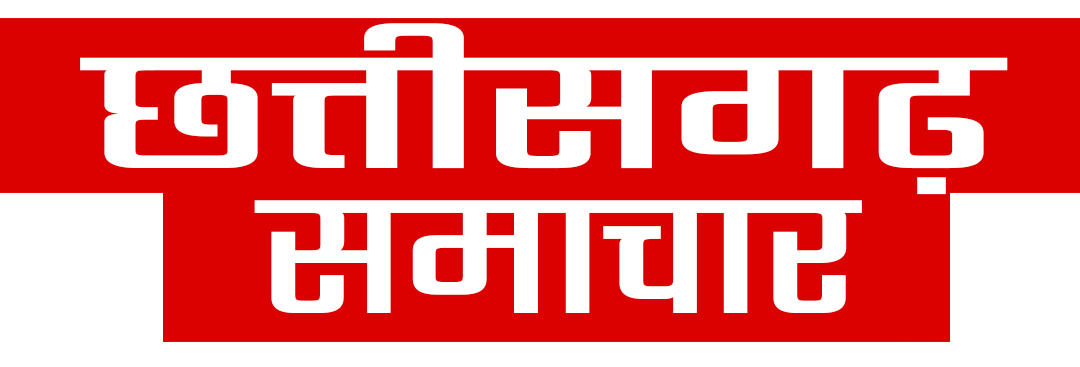Health officials in India have emphasized that there’s no immediate recommendation for administering booster doses of COVID-19 vaccines, despite the emergence of the new variant JN.1, as per directions from the Union Health Ministry.
N.K. Arora, chief of the India SARS-CoV-2 Genomics Consortium (INSACOG), clarified that a fourth booster dose isn’t presently warranted for the general public. However, individuals aged over 60 with comorbidities and high-risk patients in this category could consider a precautionary third dose if they haven’t received it yet.
“The focus remains on precaution rather than panic,” stated Dr. Arora, highlighting that while new variants and mutations are surfacing globally, none of the Omicron variants, including JN.1, have been linked to severe illness or increased hospitalizations. Symptoms of the JN.1 subvariant typically include fever, nasal discharge, cough, occasional diarrhea, and severe body aches, with recovery usually within a week.
India recently reported a single-day rise of 656 COVID-19 infections, with active cases reaching 3,742, according to the Union Health Ministry’s latest update. Despite a rise in cases, the death toll stands at 5,33,333, with a solitary new death recorded in Kerala within 24 hours.
In response to the JN.1 variant, Pune-based Serum Institute of India (SII) announced its intentions to seek licensure for the XBB1 COVID variant vaccine, similar to JN.1, for use in India. The company urged the elderly to take precautions, including mask-wearing, and outlined plans to submit necessary documentation for regulatory approval.
Presently, India offers Covaxin, Covishield, and Sputnik-V vaccines. SII’s announcement coincides with the World Health Organization’s (WHO) latest COVID-19 update, citing a 52% global increase in new cases during the recent 28-day period, while new deaths decreased by 8%.
As of December 18, the JN.1 sub-lineage of the BA.2.86 Omicron variant was categorized as a separate variant of interest (VOI) by WHO due to its escalating prevalence. Despite this, EG.5 remains the most reported VOI globally, as outlined by WHO’s epidemiological update.



